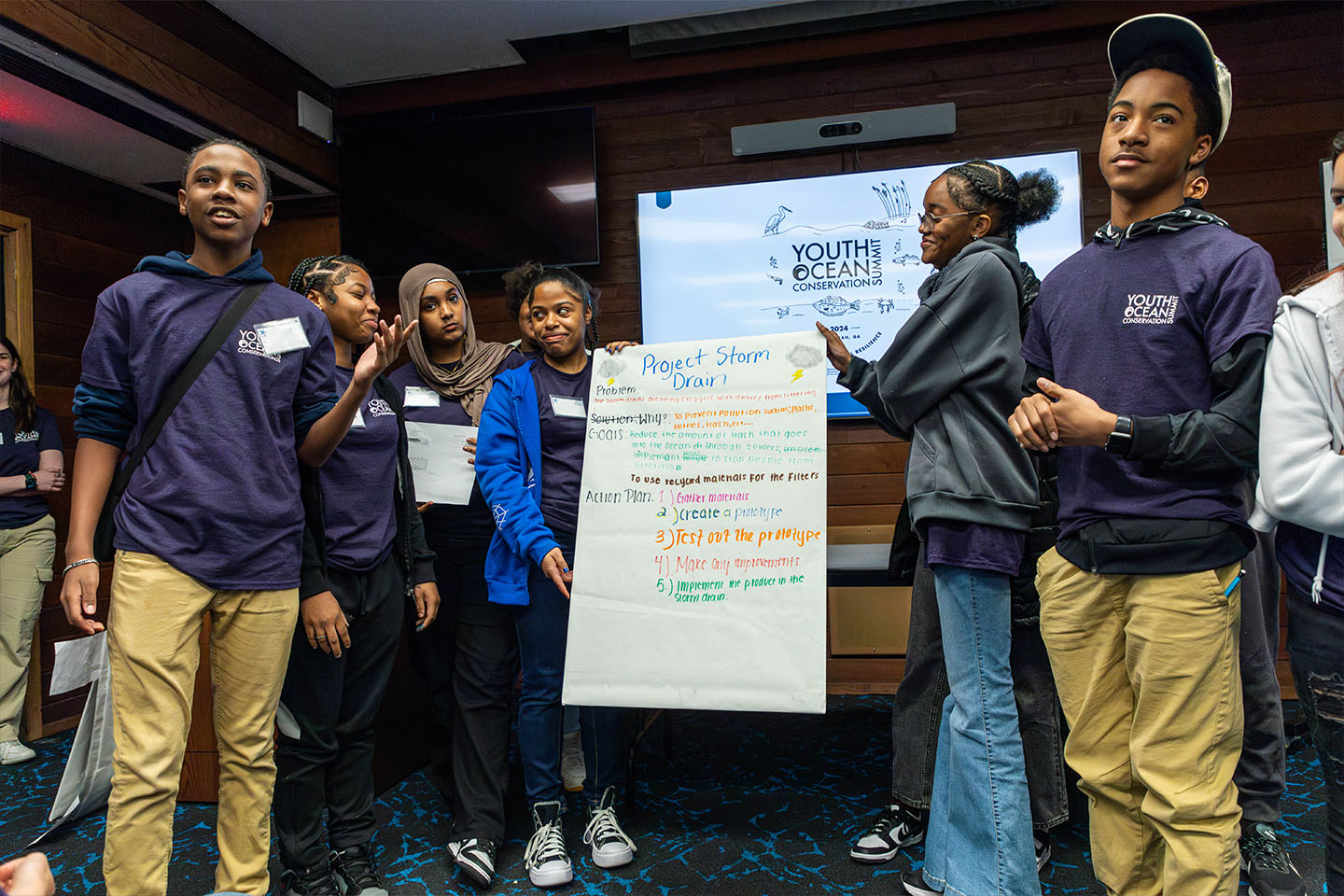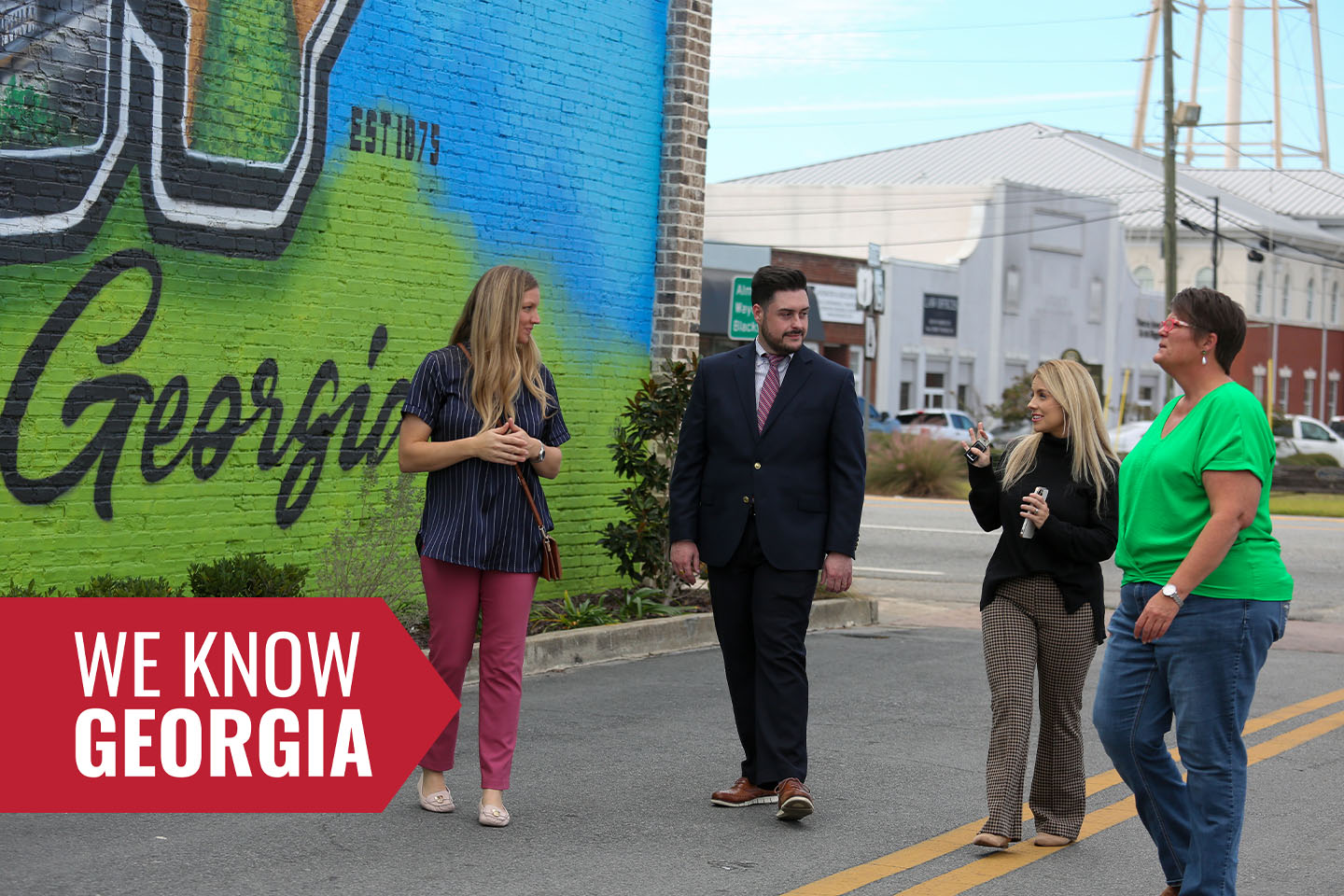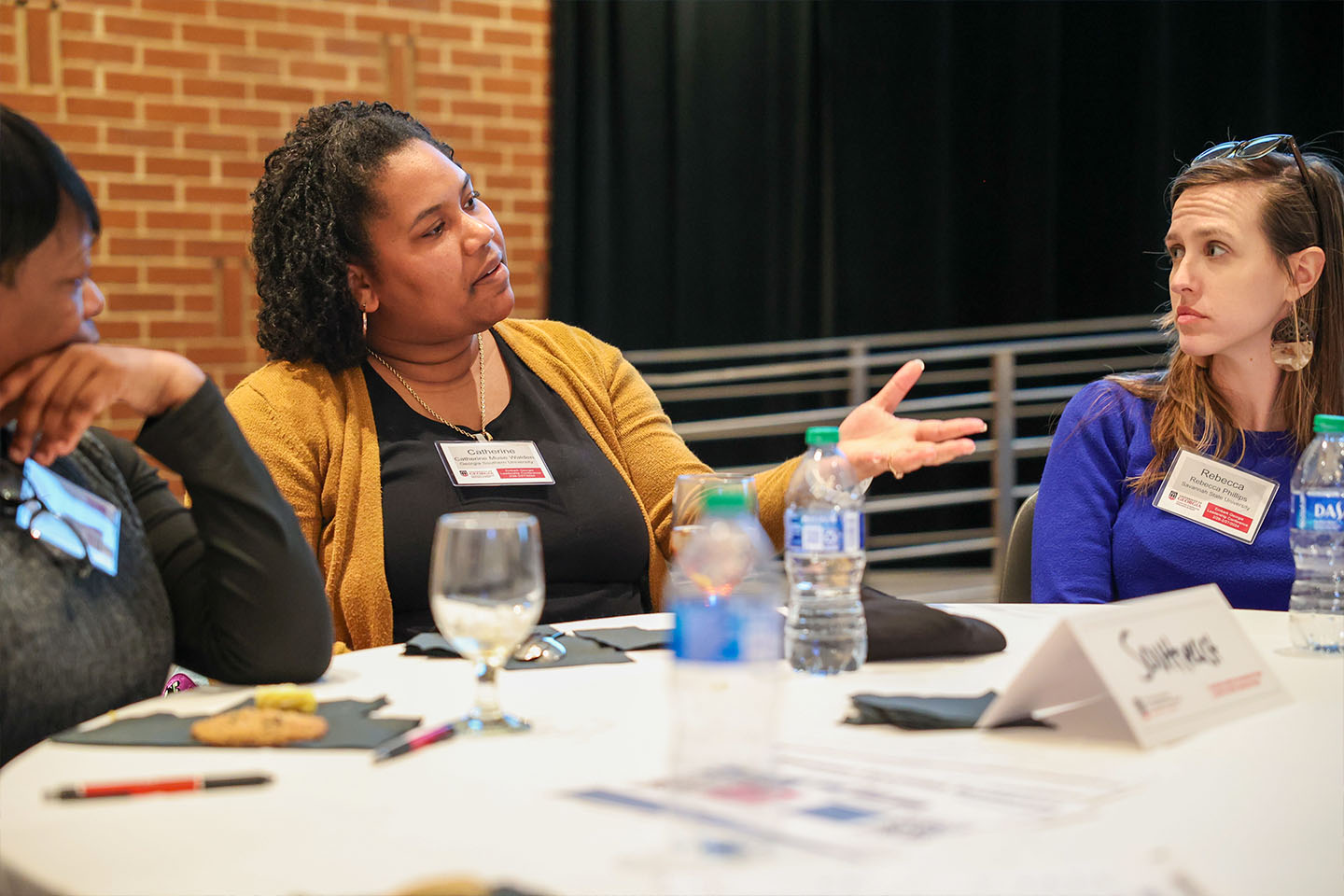Prairies are something new to Georgia – or maybe very old, depending on your point of view.
Conservation professionals at the State Botanical Garden of Georgia are betting that prairies have been around a long time, at least since the last glacier retreated from North America, and that they are worthy of protection and restoration.
“Our prairies are different from what you’ll find in Texas or Minnesota,” explained Conservation Coordinator Jennifer Ceska. “Ours are smaller–we call them pocket prairies. But just like the midwestern prairies, wildflowers and birds love them.”
Georgia’s prairies disappeared under the plow centuries ago, but the Botanical Garden is working with partners such as the Georgia Department of Natural Resources and the Georgia Plant Conservation Alliance to bring back these islands of species diversity. On Earth Day 2015, April 22, the Garden recruited 20 volunteers to plant more than 31 species of wildflowers in the Elaine Nash Prairie Project, a five-acre swath of land belonging to Georgia Power and managed with their support by the Garden as a natural prairie. The prairie was named in 2013 for botanist and conservationist Elaine Nash, who has worked for decades throughout north Georgia to protect prairie sites.
The Earth Day event brought to fruition three years of planning–and planting–in support of the prairie idea.
“We’ve been working on prairie restoration for years, and raising these particular plants for more than three,” said Heather Alley, the Garden’s Conservation Horticulturist. “Thanks to funding from the Forest Service, we’ve been able to increase our seed stocks and, thanks to hundreds of volunteer hours, we’re now able to bring these seeds to the site.”
Prairies and the plants that thrive in them are important components of Georgia’s natural heritage and provide pollinators such as the endangered Monarch Butterfly with important food sources. Many bird species use the open, sunny grasslands for nesting and rearing their young, consuming large quantities of insects in the process.
“I enjoyed the camaraderie of working at the Botanical Garden on Earth day,” said Peggy Sinram, a Garden volunteer who lives in Lavonia. “I can’t wait to see the power line right of way transformed to a flower-filled oasis for birds and butterflies. It will be a feast for human eyes as well, and I hope it will be the beginning of similar future projects.”
Stay in touch on the Conservation Facebook page: www.facebook.com/sbgcnps.




